Your menu is a crucial marketing tool that will persuade or dissuade people from walking through your door. This is often forgotten, as many establishments rarely update their menu.
So, what can you do to make sure that your menu is working hard to draw in potential customers and keep your regulars coming back? This is where menu engineering comes into play.
What is Menu Engineering and why is it so important?
Put simply, menu engineering is about maximizing profitability by analyzing the popularity of menu items and how they should be presented on the menu. By doing this correctly, you will not only improve your bottom line but also reduce your food waste and improve the customer experience, so it’s a win-win all around!
Here we’ve compiled our top 5 tips to help you engineer your menu to success!
5 Tips for Better Restaurant Menu Engineering
1. Analyze your sales
Make sure you are doing this at least every quarter. Here’s how:
- Block off a few hours to go through your POS data.
- During this time, take notes on best-sellers and slow-moving items, as well as any other information that catches your eye.
- Talk to team members about trends in customer orders and feedback.
This will give you a better idea of item popularity which will come in handy later when you redesign your menu.
2. Estimate costs and profitability per menu item
By costing your menu, we mean breaking down every single item to its individual ingredients and calculating the cost to create each dish on the menu. Don’t include labor costs, use purely the ingredients. Without this step, your menu engineering simply can’t succeed. Yes, it will take you a while to complete but it must be done correctly in order to reap the benefits later on.
So, how do you begin? Well, list every ingredient, (don’t forget the oil and spices!) Then you need to calculate the cost of each ingredient in your dish.
The next step would be to identify the cost of purchasing. This includes delivery fees and any other expenses that you incur when you purchase your ingredients. Once you’re done, add this to the cost of the ingredients and you have your dish cost! You can then work on adding the mark-up that you need in order to reach your target profit.
If you are a little lost on how to begin, check out this really useful website that provides all the calculations you need.
3. Categorize based on profitability and popularity
Now that you know your costs and dish popularity, you can make menu decisions based on real data.
We recommend the following adaption of the world-famous BCG matrix from the Boston Consulting Group which businesses worldwide use to analyze their product offerings. It’s incredibly relevant for menu engineering so study it closely.
Stars – high profitability and high popularity
These items should stay on your menu and be highlighted on your menu and by your servers in order to increase profits – they obviously succeed so let’s keep it that way!
Plowhorses – low profitability and high popularity
You don’t want to remove these items from your menu as they are selling well. But you do need to make more money from them. Can you reduce portion size, or maybe source lower-priced ingredients from other purveyors? What other steps can you take to spend slightly less on their production?
Puzzles – high profitability and low popularity
These items really contribute to your bottom line but you just don’t sell enough. It’s time to find out why. Could you lower the price to a point where you will still get a decent profit? Ask your servers to promote this dish and gather feedback – it could simply not be the right fit for your customer base. Or the menu description and positioning are not favorable for higher sales.
Dogs – low profitability and low popularity
These items are basically taking up space on your menu that could be used to promote dishes and drinks that really make an impact on your bottom line. One option would be to remove these items entirely from your menu. Alternatively, you could also try to re-invent it to create a dish that would be popular in your establishment.
4. Review your menu design
Now that all of these steps are complete, you can finally start re-designing your menu.
Start with your customer base
To begin, you really need to consider your client base. Why do they come to your restaurant? Are your wings the best in town? Is the atmosphere the main USP or is your drinks menu the best around? Having this information on hand will enable you to make the right design choices to create a fantastic menu.
Make your stars and puzzles stand-out
You want to sell more of your high-profit items so let’s make sure that they catch the eye of your customers. This can be done in a number of ways, from putting the item in a box and calling it a ‘chef special’ or something similar, or using the famous Golden Triangle Theory, that our eyes are drawn most to the middle before traveling to the top right corner and top left corner. Following this logic, this is exactly where you should place your Star and Puzzle items.
Some restaurants also place a more expensive and unpopular dish next to their high-profit items in order to make them look more appealing and reasonable to their customers. This is slightly risky as you may end up making more of the undesirable items than you wanted to, but you can certainly give it a try to see if it works in your establishment. Trial and error is ok – at least at the beginning – as you learn what does and doesn’t work with your customers.
Don’t emphasize prices
Many menus follow the same template of 2 columns, one for the dish and description and one, on the far right side, with pricing. We strongly advise you not to do this. It draws the customer’s eyes directly to the amount so the menu item itself loses importance as your customer will immediately start comparing prices. Make sure that you put the price right after you finish the description so as not to separate it, thus increasing the focus on the menu item itself.
On this note, we would also advise against ranking dishes by price to further avoid price scanning. This will help diners to choose something they will enjoy eating rather than what will do the least damage to their bank account!
Update your descriptions
Just like the font and color choices of your menu, the copy of your items can go from descriptive to cheesy (no pun intended) if you’re not careful. This takes a certain amount of tact and skill to capture the essence of your menu items while being cautious of not overdoing it. You will want to describe accurately what each of your items are while trying to entice each of your customers to try it. Names for your items are important, especially for a drinks menu. Remember, you are looking to, quite literally, whet their appetites!
A word on bold fonts and colors
There is a fine line between being bold and being obnoxious with fonts and colors. The right font can make your titles really stand out while colors can be used to coordinate with the theme of your restaurant or bar. Your menu can really set the tone and help patron’s eyes find your key items. Nothing is more frustrating from a diner’s perspective than a confusing menu.
5. Track the results
When you think you are done, get your menu out there! Make sure that you keep collecting the data via your POS and from your team in order to be prepared for the next round. You will be able to see whether the changes you made have made an impact, and perhaps make a few small tweaks depending on the results. After doing your first major menu overhaul, make sure that the following changes are small so that you keep on top of what works, and what doesn’t.
What about your beverage menu?
While the process above is in the context of your food menu, you can use the same logic for beverages. As long as you have a good understanding of your sales, costs, and profitability, you can apply the BCG matrix and optimize your beverage menu.
To make this process easier, Glimpse allows you to identify drinks that are more popular at a certain time of the day compared to others:
You can also analyze repeat purchases for the same item category so you know which ones to centralize on your menu:
Using these reports, you can estimate inventory requirements with higher accuracy and make better decisions when it comes to your menu design. You can learn more about Glimpse in a free 1-on-1 consultation.
Conclusion
We hope that you now have a greater understanding of the importance of menu engineering and how it can impact your bottom line. This isn’t a one-time project but an on-going process that can improve both the profitability of your restaurant and the customer experience.
You might also like:





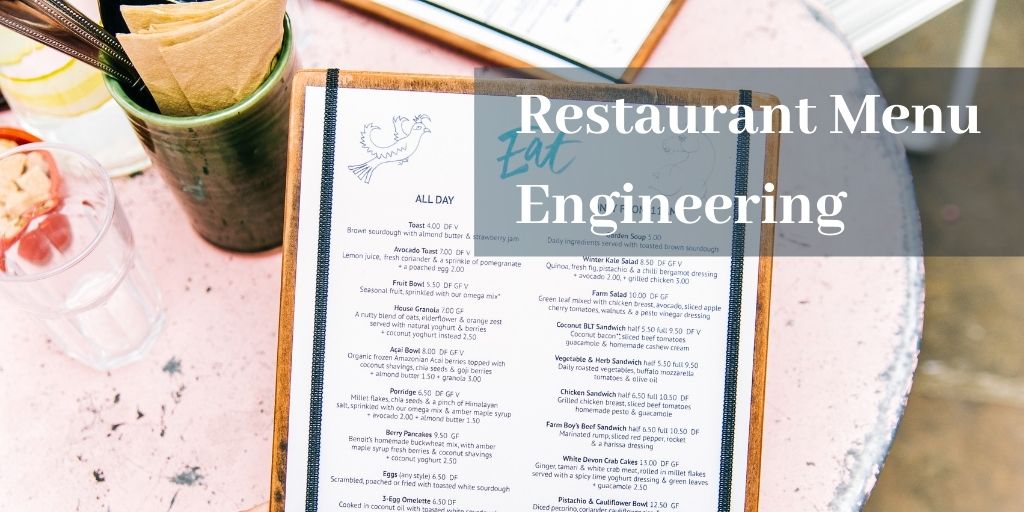
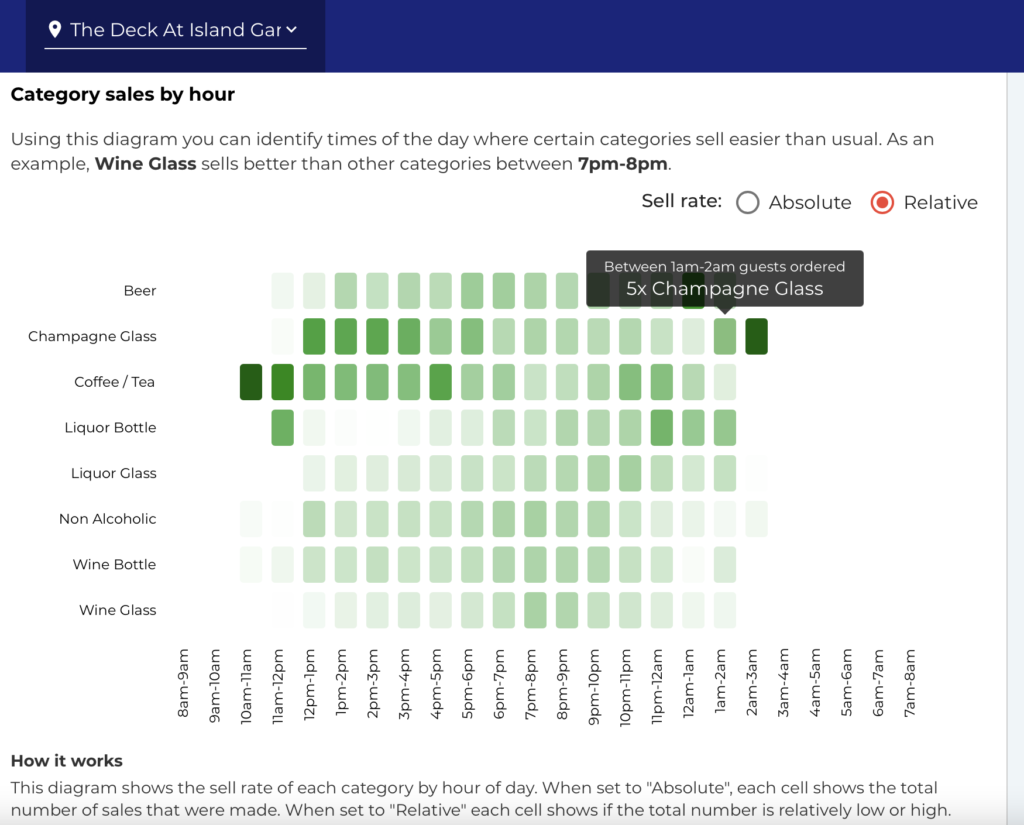
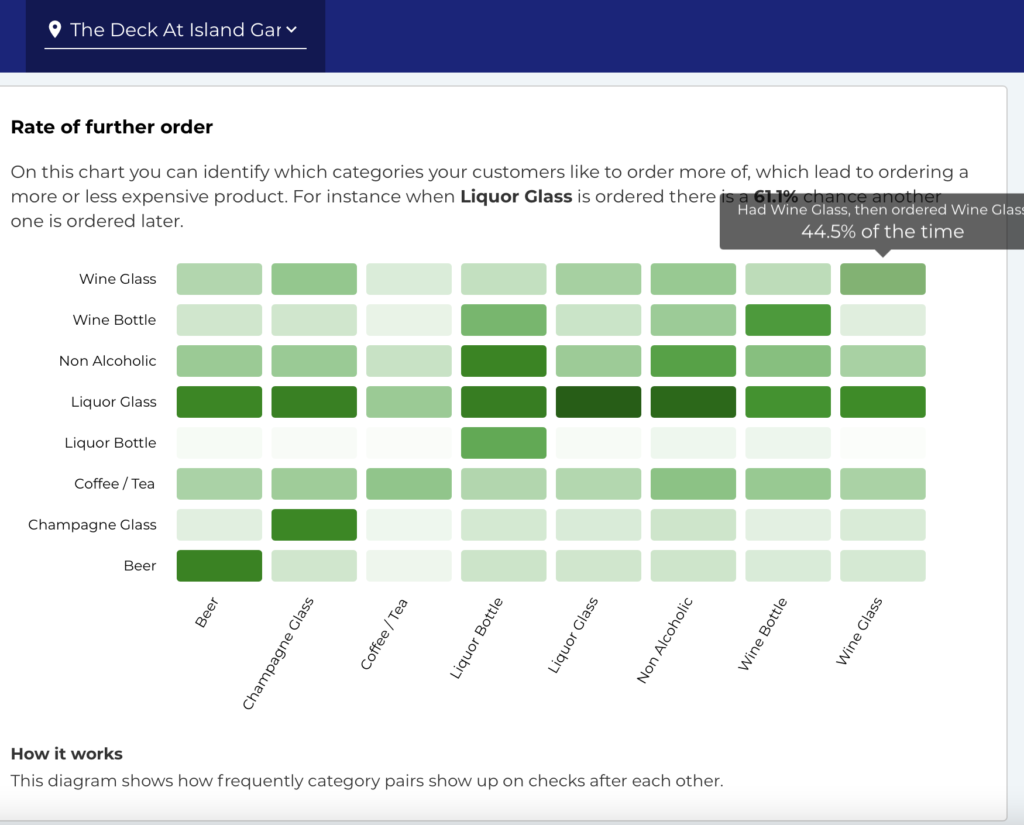
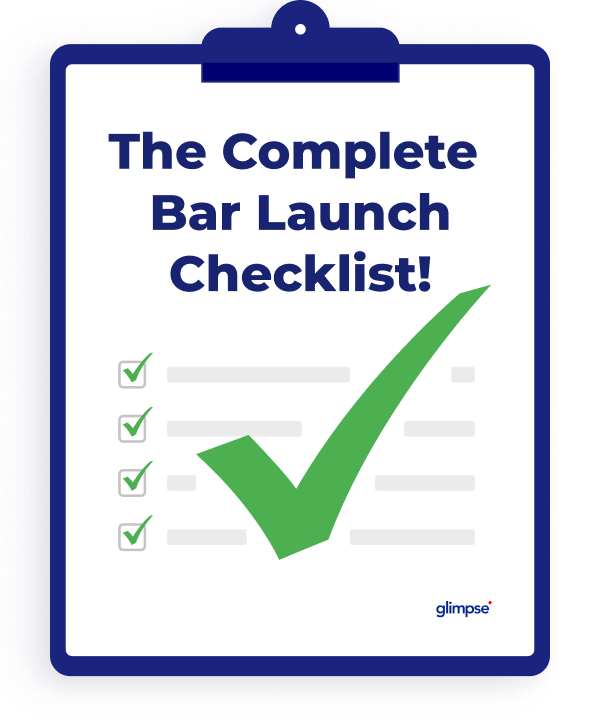
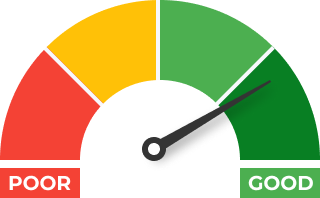

 +1 (786) 292-2373
+1 (786) 292-2373 insights@glimpsecorp.com
insights@glimpsecorp.com





